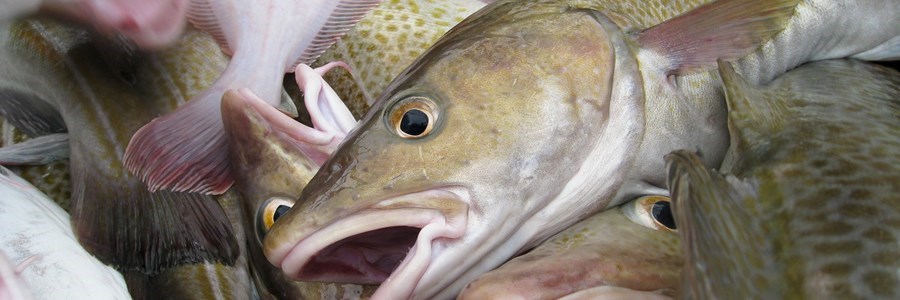Europêche réclame des opportunités de pêche équitables et équilibrées dans la mer Baltique

La Commission européenne vient de publier sa proposition pour les possibilités de pêche de 2016 concernant les 10 stocks commerciaux principaux dans la Mer Baltique. Pour 7 de ces stocks, l'avis scientifique a conseillé une limite de capture au niveau du rendement équilibré maximal.
Cod in the Eastern Baltic saw a hefty cut in quota by -20% to 41, 143 tonnes. The Commission did not advise on Western Baltic cod since they are waiting for additional ICES data but Europêche urge caution stating the sector simply cannot take on the burden of adapting to radical changes in stock assessments in just one year. This stock has grown steadily over the years with some areas seeing the highest numbers since 2003. The fishermen in this area have felt that they had stuck loyally to the management plan and don't want their hard work and commitment to go ignored. They do not disagree with ICES’ assessment of the stocks, but call for a political understanding of the need to gradually adapt, suggesting that MSY should be reached in two rather than just one year.
The proposals see welcome increases in some of the important pelagic stocks. Reductions for sprat by 14 % and Bothnian Sea herring by a massive -35%, are suggested in consequence of new methods and targets, rather than reflecting actual changes in stocks.
Plaice stocks have seen an impressive increase in recent years and scientific advice indicates that up to 114 % increase in catch is in line with MSY management. The Commission proposes a modest increase in TAC of 18 %. Fishermen are willing to accept this but are anxious that TACs in the longer term (when a discard ban is fully implemented) should reflect stock development better.
A multi-annual management plan for the Baltic Sea stocks of cod, herring and sprat is currently under negotiation. It would allow for the adaptation of fishing mortality and stock patterns when scientific advice improves and environmental conditions change but this plan is currently at a standstill.
These recommended cuts come at a period of radical change where new rules have already seen an end to discarding fish, meaning all fish must now be landed and counted against quota. Baltic Sea fishermen were part of the first phase of this ban which came into force on 1st January 2015.
Kathryn Stack, Managing Director of Europêche, said: "Fishermen are facing a tough time. The discard ban has put further pressure on them and maintaining a viable sector will be almost impossible given the huge decreases in quota. Our aim is to see healthy stocks at abundant levels and we want to see decision-makers reach a fair and realistic agreement for the Baltic plan which respects the legal framework and ensures the sector can continue to be viable."
The present proposal will be discussed by Ministers at the Fisheries Council in Luxembourg on 22-23 October.
END
Currently, Europêche consists of 13 national organizations of fishing enterprises from 9 EU Member states.
For more information please contact Kathryn Stack – europeche@europeche.org – +32 2 230 48 48
Sources: Europeche
Tags: Baltique, Possibilités de pêche, TAC, morue, hareng, plie, MSY, rejets, CIEM